#norman bates icons
Photo

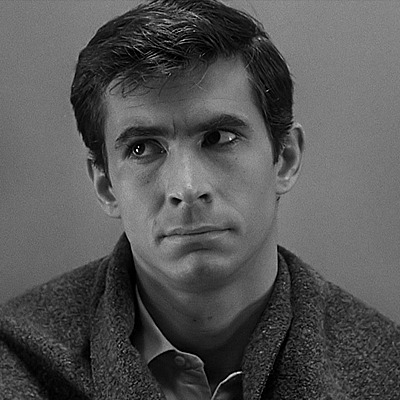

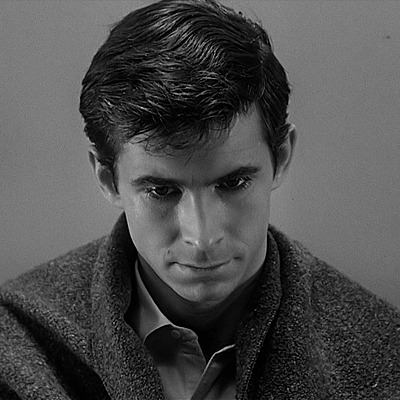


Psycho (1960)
#anthony perkins#anthony perkins icons#psycho#psycho icons#norman bates#norman bates icons#movie#movies icons#filmedit#male icons#icons without psd#films icons#random icons#twitter icons#without psd#movie icons#boys icons#boys#icon#icons anthony perkins#icons psycho#icons norman bates
314 notes
·
View notes
Photo
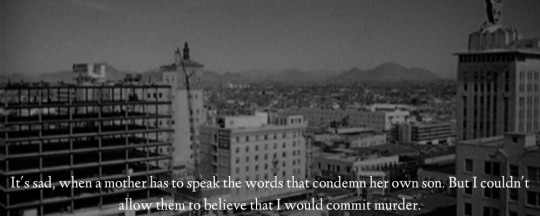





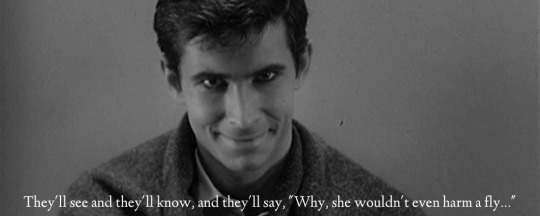
horror monologues: psycho (1960)
#horror#horror movies#the most iconic horror monologue ever#psycho#norman bates#moviesedit#filmedit#cinema#horroredit
282 notes
·
View notes
Text
Okey but hear me out:
Imagine a Total Drama like show (animated parody of reality TV show), but instead of Survivor, it's a Parody of Real Housewives, and its cast is Horror Icons.
Look I just got out of work and I'm tired.
#horror icons#real housewives#total drama#funny#Look I just got out of work and I'm tired#jason voorhees#michael myers#freddy krueger#billy and stu#scream#carrie white#M3GAN#pennywise#Jack Torrance#Ghostface#Hannibal Lecter#Jigsaw#Candyman#Chucky#Leatherface#Annie Wilkes#Norman Bates#The Babadook#Annabelle#orphan esther#Brahms Heelshire#Tiffany Valentine#Samara Morgan#Jennifer Check#Mary Shaw
29 notes
·
View notes
Text

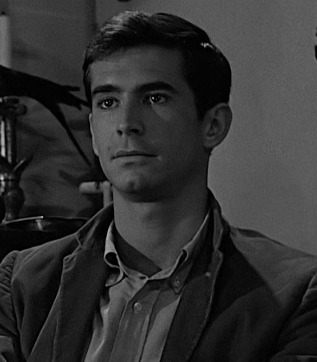


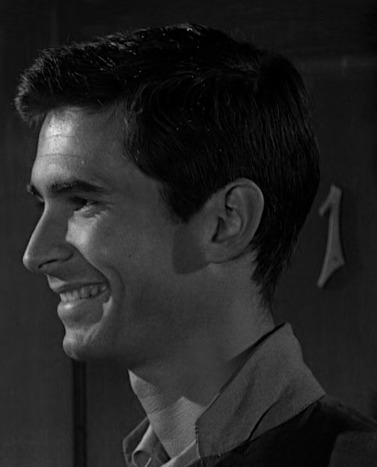

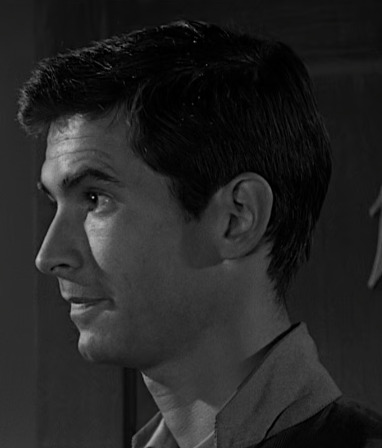
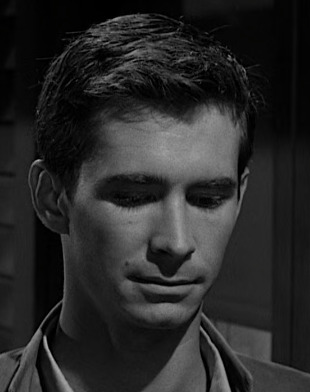







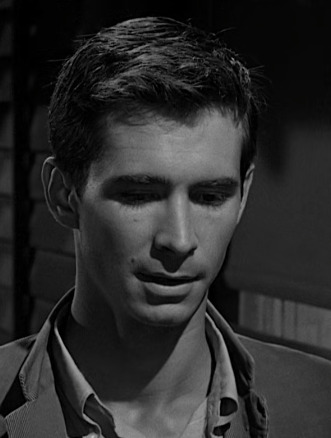
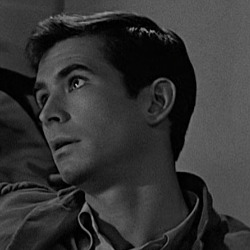


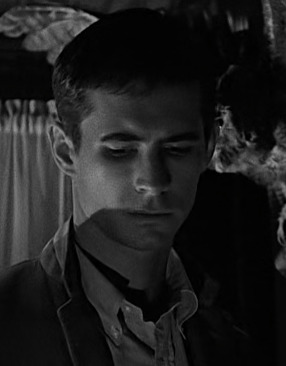


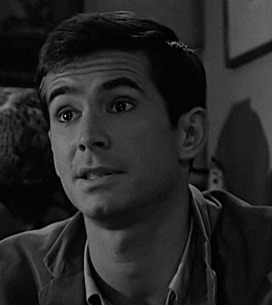


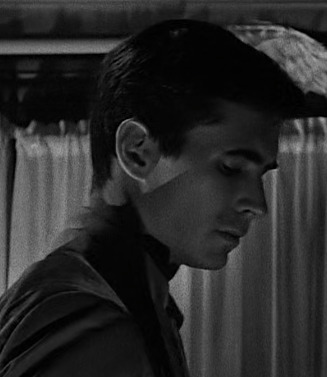
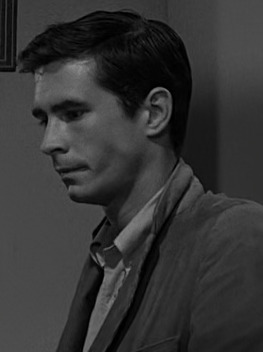


Psycho (1960) (Norman Bates)
11 notes
·
View notes
Text

#psycho#alfred hitchcock#norman bates#classic horror#horror movie#horror#scary#creepy#macabre#eerie#spooky#terrifying#bates motel#horror icons#horror blog#black and white#black and white blog#movie#film#horror movies#horrir film#horror films#horror film#60s movies#60s horror#vintage horror#cult movie#cult film
124 notes
·
View notes
Text
@depictedblue queried, “were you crying?”


“No?” Her voice went up an octave after the cadence broke off, tears once again prickled her eyes. So, it wasn’t a complete lie, she wasn’t crying--she’s still crying. There’s a difference, right? The difference is that she tried to promise herself she’d never cry in front of people again. That this time it was supposed to be different, that she was supposed to be more herself, except not the crybaby part of herself that the Bates Family and Norman in particular brought out in her. And, goddammit, he was doing it again. He’d called her, and they’d talked. It was like it was normal. When he asked if she’d made friends in her new setting, she’d talked about Cassie. Apparently it set him off. Not that he didn’t want her to have other friends, no, it must just be that Cassie sounds a lot like Bradley and that was a sore spot for him. He hung up on her after saying things she knew he didn’t mean. Letting her eyes meet Cassie’s, her palms went to rub her itching eyes, feeling the tears wet her skin. “I’m still crying so... I’m not lying. But, why am I still crying? Why are boys so stupid?”
#depictedblue#text ;; depictedblue#post ;; short#c: icon;;#v: main divergent;;#[ ask meme ;; ]#norman bates is being an asshole? no one is surprised#oops i put things that i used to do to excuse toxic people's behaviour#manipulation tw
0 notes
Text
Stay Out Of The Shower! Psycho Returns To Cinemas In A 4K Remastered Uncut Release
Stay Out Of The Shower! The Hitchcock classic Psycho Returns To Cinemas In A 4K Remastered Uncut Release. Get all the details here
#Hitchcock #Psycho #NormanBates #AnthonyPerkins @ParkCircusFilms
Park Circus distribution are currently lining up a 4k Re-Release of Hitchcock’s iconic slasher Psycho, which will be getting a limited release at selected cinemas soon. You’ll be able to watch it in it’s original theatrical version which adds back in 13 seconds which adds a little more of Marion as she undresses at the motel as well as shots of Norman’s bloody hands after he moves her corpse.…

View On WordPress
#4k#Anthony Perkins#Cinema#classic#hitchcock#horror#Iconic#Janet Leigh#mother#Norman Bates#Park Circus#Psycho#Re-Mastered#Re-Release#Restoration#slasher#universal
1 note
·
View note
Text
#poll#polls#art the clown#sweeney todd#tim burton#david howard thornton#johnny depp#terrifier#terrifier movie#slasher#the hunger games#jason voorhees#leatherface#the nightmare on elm street#freddie krueger#hannibal#hannibal lecter#anthony hopkins#halloween ends#halloween#sir anthony hopkins#norman bates#pinhead#chucky#friday the 13th#texas chainsaw massacre#hellraiser#slasher movie#slasher film#slasher movies
468 notes
·
View notes
Photo
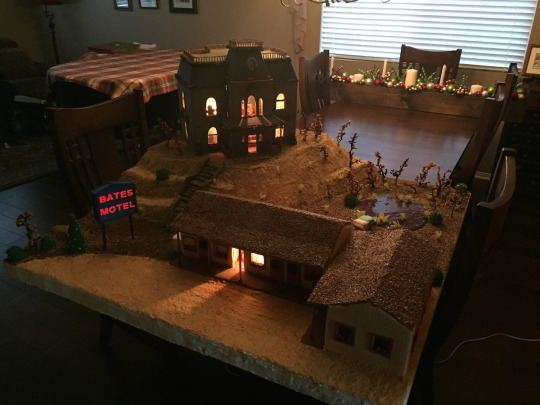
Aaron made a miniature Bates Motel gingerbread house for Xmas one year. The ground is covered in crushed graham crackers and chocolate cookies, coffee, and shredded wheat.

Windows are made from melted candy, walls and roof are covered in fondant.

Roof [and porch] railing is made from tiny cut pieces of painted noodles.
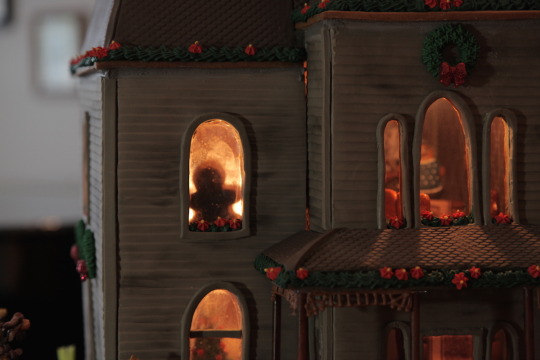

The base is four feet by four feet, and the highest point is about two feet tall.
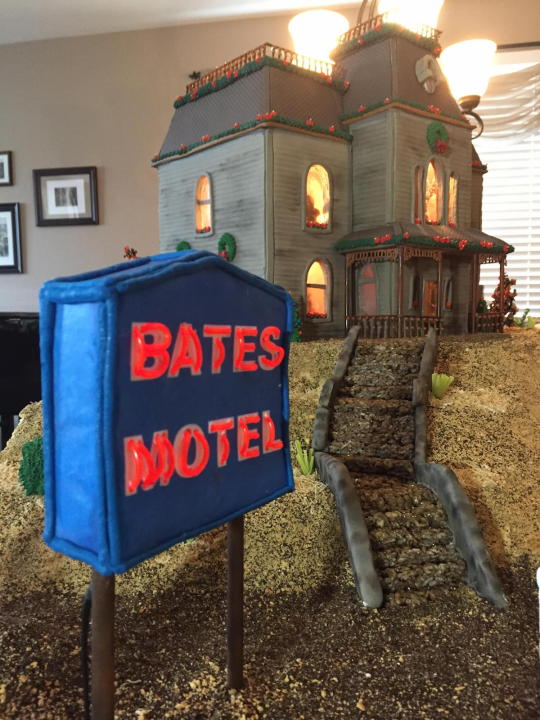
The stairs are made from dyed Rice Krispie treats.


Motel roof covered in flaxseed with painted noodles for the support poles. Ice machine words are printed on edible paper.

View into Norman Bates’ taxidermy parlor. Clear window made from thin pieces of dried gelatin.

Peeping through the hole in the wall into Marion’s room. Furniture and props made from marzipan, gum paste, fondant, and gingerbread. Paintings printed on edible paper, rug printed on super thin fondant.

Room 1, Marion’s room.

Lamp made from a bite sized Reese’s Peanut Butter Cup.

Notice the suitcase, the bird pics on the wall, and the tiny key that Norman picks up after the murder.
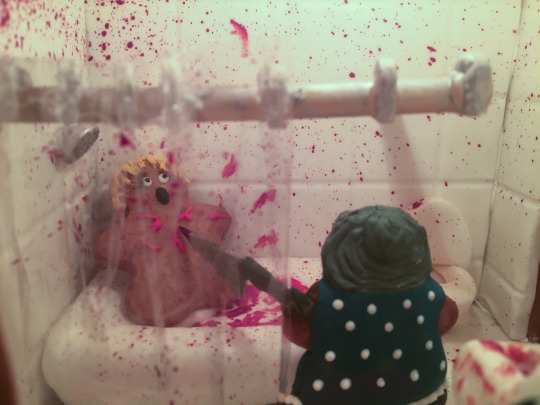

The iconic shower scene. Shower rod made from painted noodles, curtain made from clear gelatin. And notice the tiny chocolate chip shower head. He took liberty w/the amount blood in the scene.

Marion’s car sinking into the swamp behind the motel.

The swamp is made from melted Jolly Ranchers. The car is several pieces of gingerbread wrapped in fondant and hand painted. It even has the same license plate from the movie.

Arbogast getting stabbed on the staircase…Gingerbread stairs. Notice Norman’s hair sticking out of mother’s wig.

Final scene in the basement. Lila Crane turning around the chair to find Norman’s dead mother. But watch out Lila, Norman’s behind you!
https://www.messynessychic.com/
595 notes
·
View notes
Note
just curious have you seen pyscho (1960s ver)? It's the first slasher film, I think you'd like it! ^^
I haven't watched it entirely but I know the general layout and story plot! The shower scene is iconic and Norman Bates original actor does a wonderful job at making things feel uneasy and disturbing!
-Mommabean
#I know I know I need to watch#its amazing for a slasher!#anon asks#anon confessions are amazing#Mommabean
32 notes
·
View notes
Text
Reblog for better results.
#horror#thriller#queer coded#poll#polls#admittedly some of these folks are better planners than the rest#intj
19 notes
·
View notes
Text
Discover the Top 10 Movie Villains of All Time, Ranked!

Immerse yourself in the captivating world of cinema as we unveil the top 10 movie villains who have left an indelible mark on storytelling.
Heroes shine brightest when faced with formidable adversaries, and here's our countdown of the most iconic villains of the century.
10. Michael Myers (Halloween series)
Watch on: Apple TV, Amazon Prime
Known for his immovable and demonic presence, Michael Myers, the Halloween series antagonist, has been a longstanding icon. Wielding a knife and driven by a tragic past, Myers embarks on an annual killing spree, making him a memorable anti-hero.
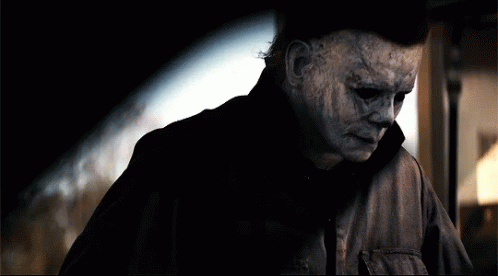
9. Amy Dunne (Gone Girl)
Watch on: Netflix, Amazon Prime, Apple TV
Amy Dunne, a mastermind of manipulation, takes center stage. In 'Gone Girl,' her intelligent and cunning nature leads to a meticulously orchestrated disappearance and murder. Rosamund Pike's portrayal brings to life the vengeful side of a scorned woman.
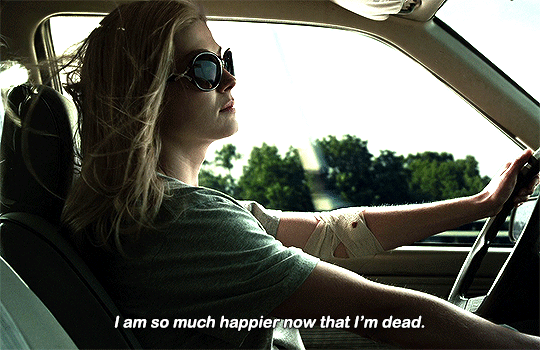
8. Damien (Omen series)
Watch on: Apple TV, Amazon Prime
Damien Thorn, the antichrist in The Omen series, orchestrates chaos with a desire to conquer the world. His journey involves murder, infanticide, familial betrayal, and abuse of power, making him a compelling and dark figure.

7. Emperor Palpatine
Watch on: Disney+ Hotstar
Emperor Palpatine, the Dark Lord of the Sith, conceals his malevolent ambitions behind political cunning. With an appetite for galactic domination and the destruction of the Jedi Order, Palpatine stands as an intelligent and manipulative force.
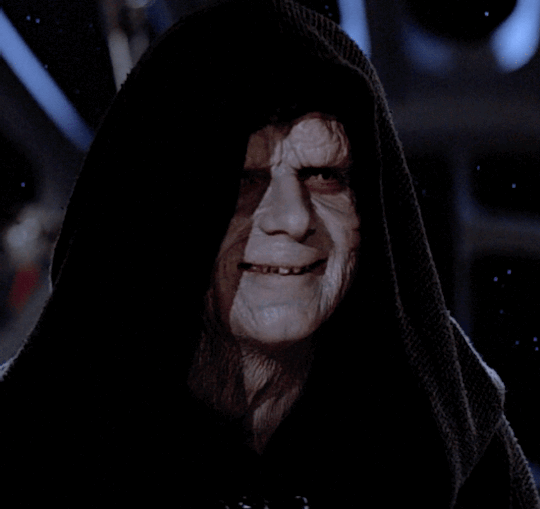
6. Gollum (The Lord of the Rings)
Watch on: Netflix
Gollum's tragic tale unfolds as he succumbs to the power of the One Ring. Split into two personas, Sméagol and Gollum, his obsession contributes to the downfall of the entire 'Lord of the Rings' universe.
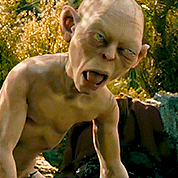
5. Norman Bates (Psycho series)
Watch on: Apple TV
Norman Bates, owner of the Bates Motel, navigates a split personality, creating a chilling narrative. A psychopathic serial killer, Bates leaves an unforgettable mark on the horror genre.

4. Voldemort (Harry Potter)
Watch on: Amazon Prime, Apple TV
Lord Voldemort, an icon of evil in J.K. Rowling's 'Harry Potter' series, pursues immortality and leads the Death Eaters. A dark wizard of unparalleled magnitude, Voldemort is a central figure in the magical world.
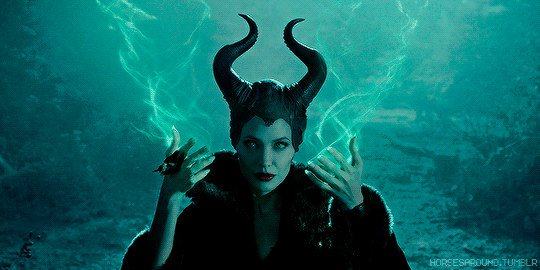
3. Loki (MCU)
Watch on: Disney+ Hotstar
Loki, the adoptive brother of Thor, introduces deception and cunning to the mix. With a penchant for mischief, Loki becomes a favorite among anti-hero enthusiasts.

2. The Joker (DC)
Watch on: Disney+ Hotstar
Chaos lover and humorously sadistic, The Joker is an iconic psychopath. His presence brings joy to what's wrong, making him a beloved yet disturbing figure in Gotham and beyond.

1. Darth Vader (Star Wars)
Watch on: Disney+ Hotstar
Anakin Skywalker's transformation into Darth Vader is a cinematic masterpiece. Seduced by the dark side, Vader stands as one of the greatest villains in film history.

Share with us your favorite anti-hero from the list!
#top ten movies#hollywood movie#dc universe#mcu#darth vader#the joker#loki series#voldemort#norman bates#the lord of the rings#star wars#michael myers#srkshaju#srkshazu#mylove💕
12 notes
·
View notes
Text
I can’t stop thinking about The Kiss scene in Batman Returns.
The way Selina is the one to initiate it.
“If I told you the truth, you’d like I’m some Norman Bates Ted Bundy type and then you might not let me kiss you.”
The way her hand claws at his leg.
The way she slightly pins him to the couch.
The way he brushes his hand down her arm.
Michael Keaton visually confirmed that Bruce Wayne is a bottom and that is honestly so iconic of him.
#shut up elizabeth#and of course Michelle Pfieffer embodies all of Selina’s top energy#iconic both of them#batman returns#batcat#bruce x selina#batman x catwoman
27 notes
·
View notes
Text
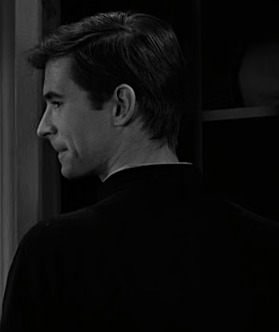
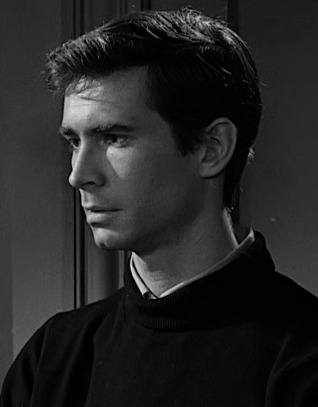

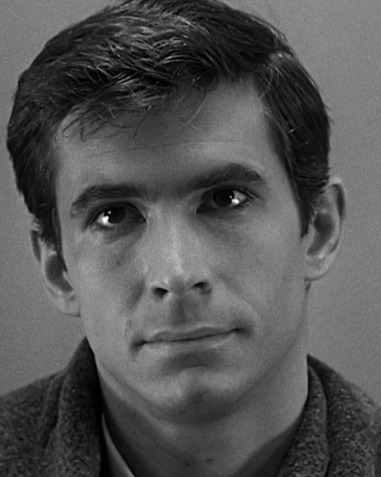


Psycho (1960) (Norman Bates)
9 notes
·
View notes
Text
How We Make Our Psychos: A Psycho Retrospective
By Rebecca Smith
Artwork by Dy Dawson @xgardensinspace
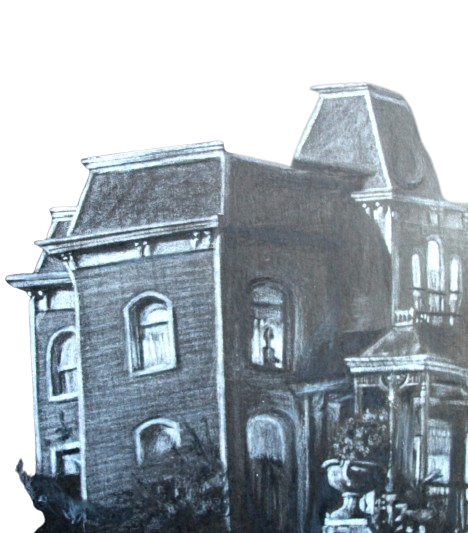
Psycho. For a great many people, that single word is enough to conjure up Bernard Herrmann’s iconic screech of violins and Janet Leigh’s screaming face as a knife arcs towards her in the shower. Whether or not a person has actually seen Alfred Hitchcock’s 1960 psychological thriller won’t spare them – in the more than six decades since its release, Psycho has become a cultural touchstone for America and the horror genre. The pivotal spoilers Hitchcock went to much effort to conceal – if you didn’t know, the conventions of cinemas having start times and no late admissions policies are thanks to Psycho – are now so well entrenched in our collective cultural psyche that I wouldn’t be surprised if newborns’ shrieks these days are actually baby speak for “IT WAS NORMAN!!”
It's perhaps unsurprising that Hitchcock’s Psycho, which was named the greatest movie ever made by Variety in December 2022, is not exactly unexplored territory when it comes to analyses. Whilst the legendary shower scene is one of the most famous movie scenes in history, virtually every shot of this suspenseful masterpiece is familiar to us and, as such, has had interpretation after interpretation, and symbolism after metaphor after allegory, applied to and teased out of it. Fortunately, I’ve still been allowed to write something about Psycho anyway, so do indulge me and read on.
At its twisted roots, Psycho poses the question of how well we truly know other people, and this unsettling thought is where its lasting horror derives from. Lila Crane, Sam Loomis, and Mr Lowrey are all shocked to discover Marion Crane has run off with $40,000 because this isn’t the Marion they thought they knew; likewise, the entirety of Fairvale are shocked to discover Norman Bates has been murdering people while dressed as his mother – who he also murdered – and for years has been looking after her preserved corpse as if she was still alive. This isn’t the Norman they thought they knew, either. As the audience, we’re positioned to be shocked by this reveal about Norman too, as we’ve been encouraged to feel sorry for him as the dutiful, unworldly son of a cruel and possessive mother. Instead, we discover the brutal violence in Psycho is a part of Norman and we were just taken in by Anthony Perkins’ innocent smile – which, of course, was one of the many reasons he was chosen for the role.
In the real world, the people of Plainfield, Wisconsin, probably felt a similar shock in 1957 when it was uncovered that one of their locals had killed and mutilated two women and was living in a house full of stolen human body parts, many of which he’d morbidly fashioned into pieces of furniture. It is widely known that this unassuming local, Ed Gein, was a source of inspiration for Robert Bloch’s original 1959 Psycho novel, of which Hitchcock’s film is an adaptation. After the initial horror of Gein’s crimes, there remained the uncomfortable realisation that something like that could happen right under a community’s nose. A story not a million miles away from Psycho can, and did, happen somewhere it would be least expected to.
In a bold move for its era, then, Psycho explores why its killer kills. Psychoanalysis – the legacy of Sigmund Freud – was popular in America around the time of Psycho’s creation, and both Bloch and Hitchcock incorporated it into their respective works, most obviously through the character of Norman. As well as being one of the most recognisable poster boys for the Oedipus complex, which Bloch actually highlights Norman’s self-awareness of early in the novel, a significant portion of Norman’s dialogue in the Hitchcock film functions as Freudian slips about the horrible truth his unconscious is repressing. The inclusion of psychoanalytic elements in Psycho is an important component in making Norman a complex horror villain rather than one who kills for the sheer evilness of it. We could spend an entire essay debating exactly which mental illnesses Norman is supposed to be suffering from, and it is clear in retrospect that their depiction does not quite hold up to the reality in any case, but the fact that Norman is not well and has been spiralling for some time – while no excuse for murder – means we understand why he is where he is mentally and why he stays in his “private trap” rather than facing reality.
Of course, it is all very good understanding the psychology behind our so-called proto slasher, but Psycho hints towards the external as well as the internal factors that go into making a deranged killer. I am referring here to the place where Norman was allowed to fester: the fictional town of Fairvale, California. In its depiction of the small town, Psycho is critiquing the type of society and community attitude that unwittingly enables someone like Norman. American society in the 1950s was repressed – look what happened when Elvis wiggled onstage – and it is this repression that has disastrous consequences in Psycho.
It is Lila who summarises the issue with Fairvale in Bloch’s novel, in a disappointed observation about Sam: “He had that slow, cautious, conservative small-town outlook.” This outlook, exhibited by both Sam and Sheriff Chambers in their insistence on waiting and not bothering Norman, is perhaps best typified by Mrs Chambers in the Hitchcock film. When Lila and Sam learn Mrs Bates supposedly poisoned herself and her lover in a murder-suicide some ten years past, Mrs Chambers adds, “Norman found them dead together. In bed.” There is a disapproving emphasis on “in bed”, as if this is the most shameful aspect of the incident, which serves to highlight the still dominant conservative Christian outlook on sexuality and marriage prevalent at the time. This societal outlook on sexuality is shown throughout Psycho to be detrimental to its characters: at the beginning of the film, Marion is unhappy she and Sam are unmarried and must meet in hotel rooms for sex; and Norman, of course, has internalised disgust and guilt with his own sexuality to such an extent that, in a misogynistic twist, he projects that disgust and guilt on to any woman he finds attractive, allowing ‘Mother’ to surface and kill her.
In addition to this, Mrs Chambers has two other lines that provide insight into the community Norman grew up in. She mentions she helped Norman choose the dress his mother was buried in, remembering that it was “periwinkle blue”. Then, a few scenes later, she invites Lila and Sam for a meal to make reporting Marion’s disappearance and theft “nicer” for them. Both of these are kind acts, but are they inordinately helpful ones? Neither of these gestures would have illuminated what Norman had done; they were more like putting plasters over gaping wounds. This, it seems, is the Fairvale way: don’t ask, don’t know.
It is true that this effective silence around difficult or taboo subjects was a society-wide issue, but I think we can assume Fairvale, as a small town, was supposed to have its own distinct, concentrated flavour of it. If most people knew of the Bates family who lived like there was nobody else in the world, did no one ever think to query why that was? Did anyone know what Norma Bates was like? Didn’t anybody notice that Norman had lived in near isolation all his life, and wonder what effect that might have on a person? The answers are clearly no, because that was the Bates family’s business. The warning signs were therefore missed or ignored. At this time, and in this kind of place, the structural forces simply didn’t exist to avert crises of mental health, or abuse, or violence before they escalated. Psycho is pointing out the dark side of contemporary, as it then was, American society. The sort of situation that led to Gein. The story of Norman Bates is in part a warning about how pretending something isn’t happening and being unwilling to face reality – and that’s literal reality, in Norman’s case – only causes more harm in the long-term. And, once again, these external factors also do not excuse Norman’s murders. However, they do help explain how he was able to get away with them, unsuspected, for so long.
This is not to say there is one single set of circumstances which would enable the story of Psycho to play out in some way. The whole point of Psycho is that it could happen next door, to anyone, because we might not know someone as completely as we think we do. The story could only critique the world it found itself in at that moment, but the passage of time prompts the question: could Norman Bates exist today? After all, not only have taboos around sexuality and mental health weakened considerably in a general sense over the last six decades, but there have also been huge advancements in the technology used to catch criminals. Giving your bloody crime scene a quick wipe down with some water and a mop might not cut it now. The internet too is encroaching further and further on our lives. It is fast becoming impossible to exist without at least a small online presence – and once you have an online presence, there is something about you there for people to pry into.
Then again, while the internet can be a tool to help people in bad situations, we all know what a double-edged sword it is. Never mind the overtly dark corners of the web, someone as well-established in presenting a false state of affairs to the world as Norman is would surely excel in doing the same thing in the supposedly safer online places. In fact, doing it online would be child’s play in comparison to real life. And, inescapably, security cameras would be a modern-day Norman’s scopophilic dream, there is no denying that. There are also still parts of society that cling harder to the values and social etiquette of the past. Who is to say Fairvale would have kept to the average rate of progress?
Thus, the exact circumstances Psycho painted as aiding Norman’s murders in a small 1950s town might well have been altered in some way in the years since Hitchcock’s untouchable film first hit cinema screens, but the central fear in Psycho about how well we truly know other people remains. In Psycho, the two key characters of Norman and Marion, so often compared as two sides of the same coin, are being dishonest with those around them. Norman is even being dishonest with himself. Today, in our world of chronic oversharing, I’d wager there are still very few people who would – or even could – reveal every part of themselves to other people. Should that really be an aim for anyone? I would argue no, definitely not.
The inevitable consequence of personal privacy is that, in our imperfect world containing messed up people who sometimes do terrible things, there will be a few Normans. Likewise, not everyone can be the Lila who exposes and stops them. We can only exist inside our own heads; we can’t ever truly know the entirety of another person. In the end, the perversion of the familiar, of the people we tell ourselves we know – such as Norman – and the places we think are safe – such as our showers – is what continues to frighten and unnerve us in Psycho.
And Norman’s creepy smile at the end, of course; although that’s my favourite bit.
3 notes
·
View notes
Text
9 notes
·
View notes